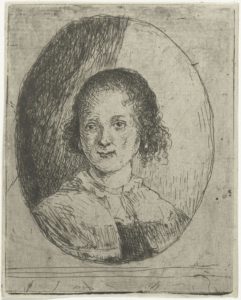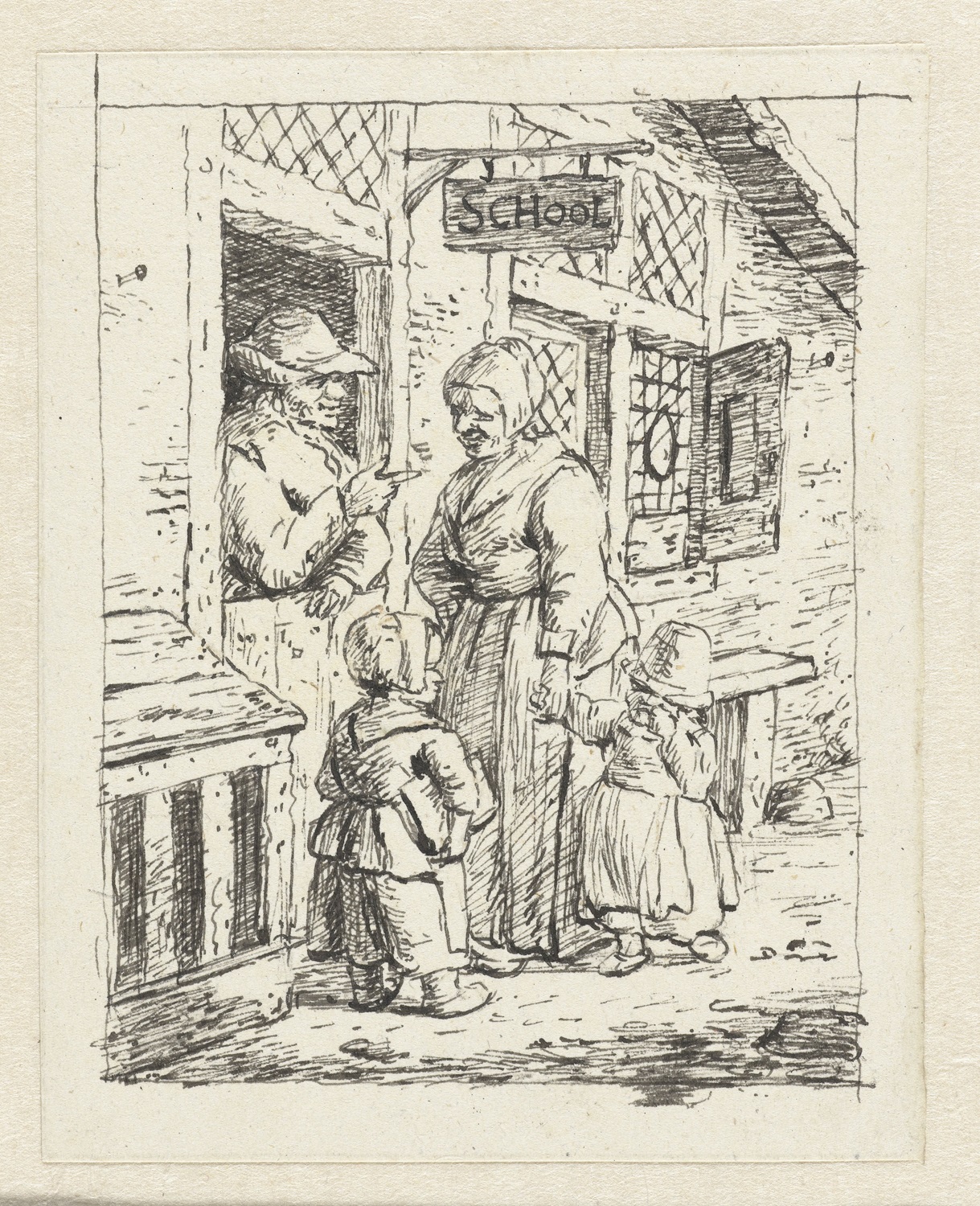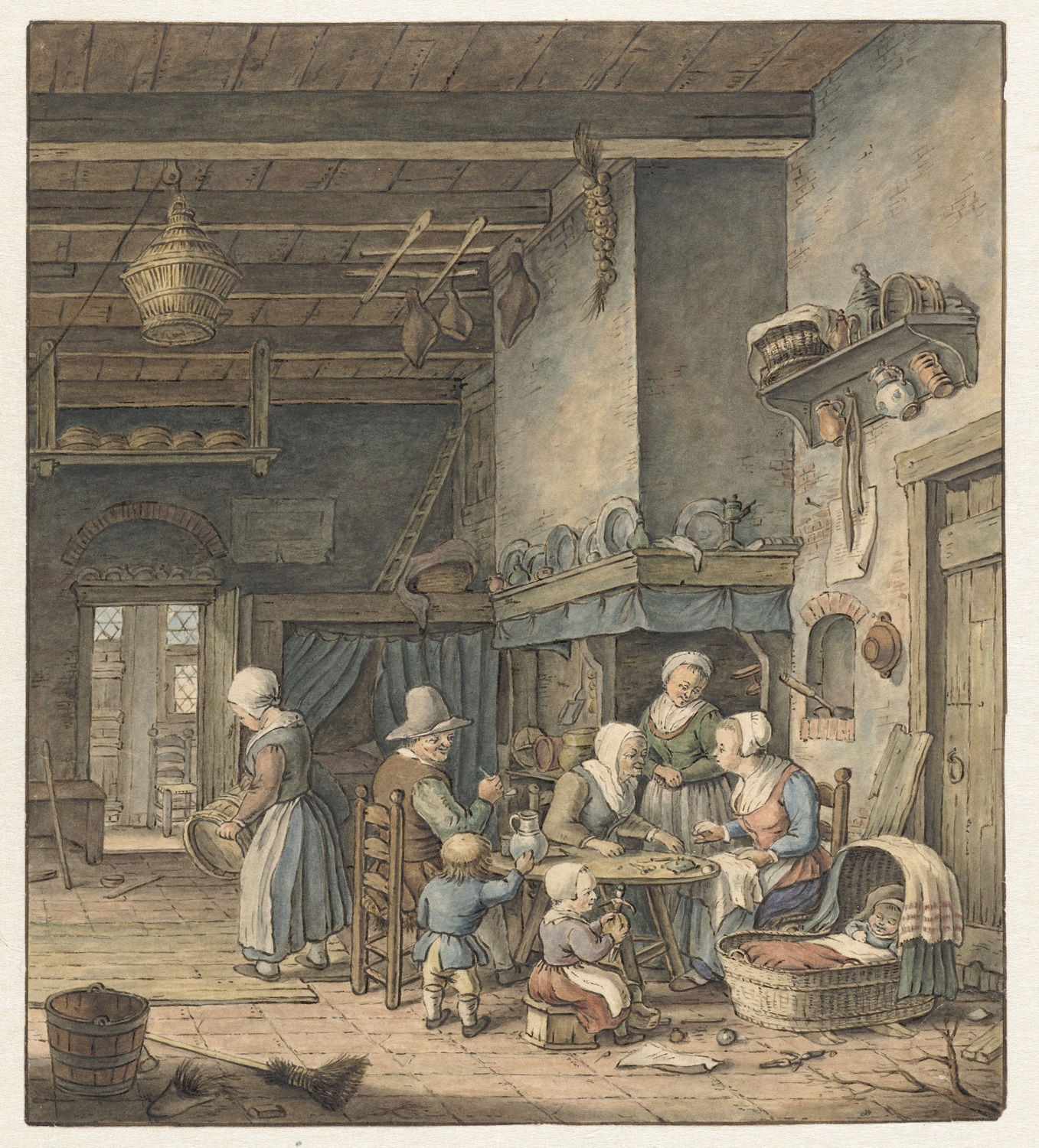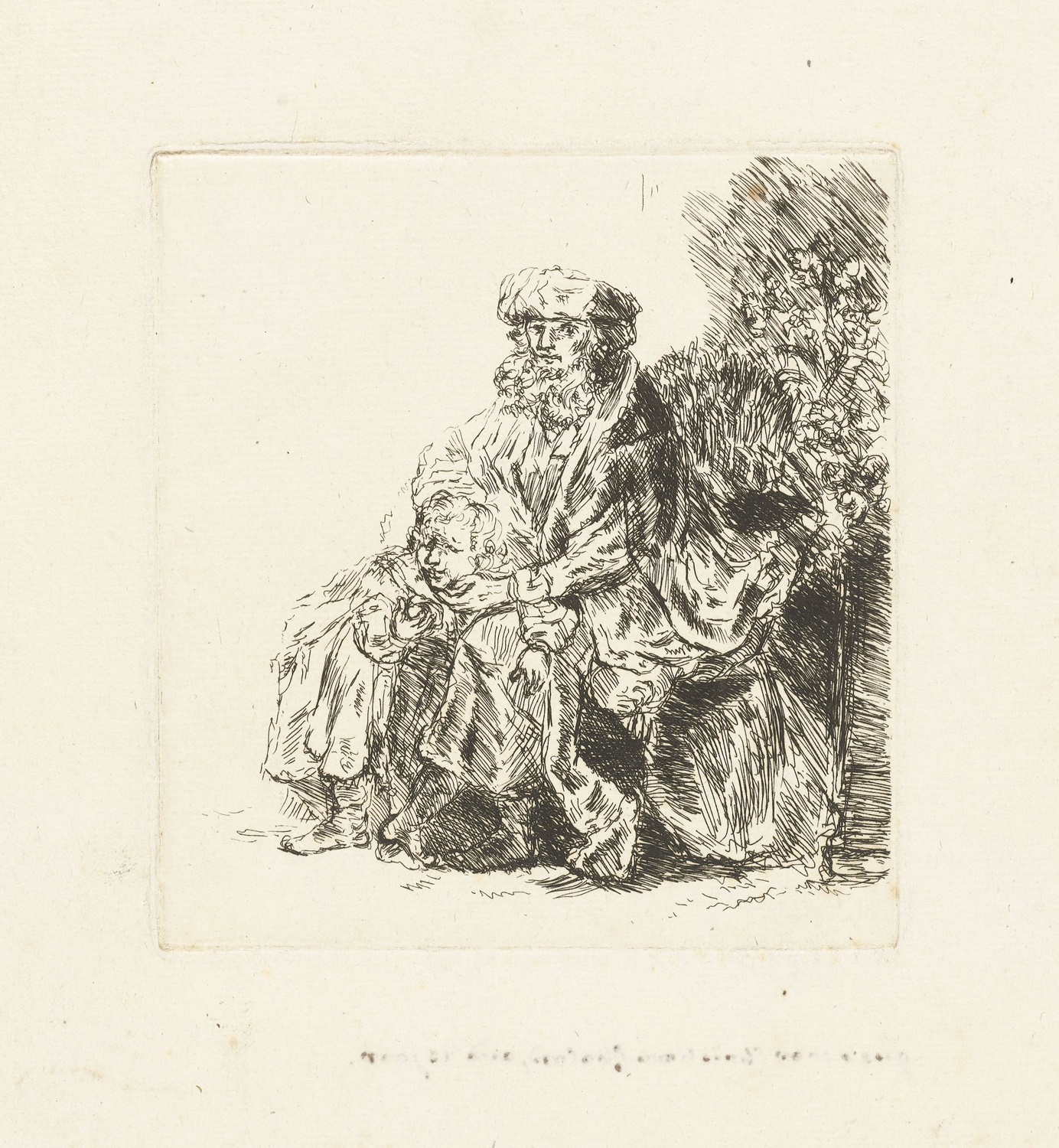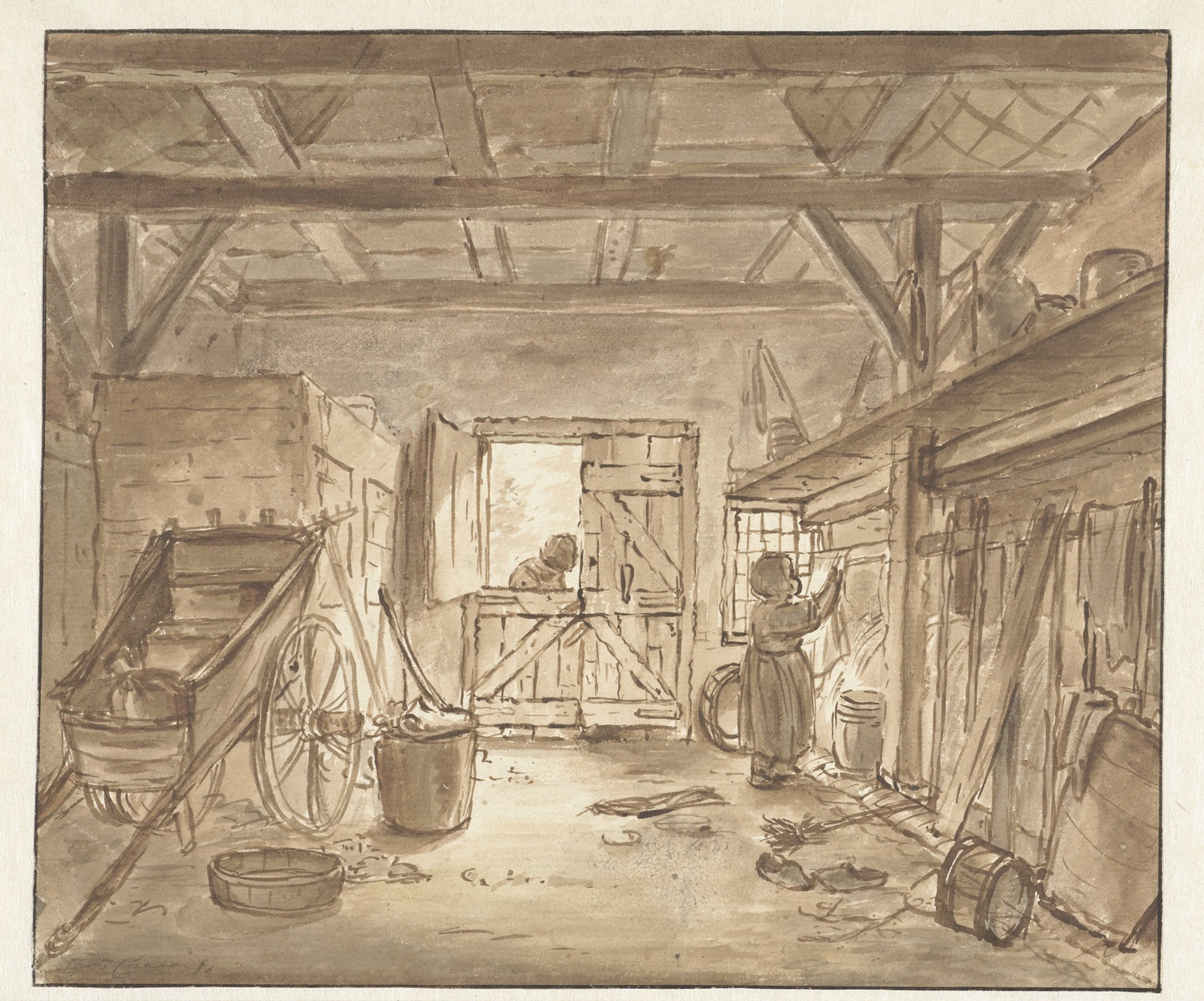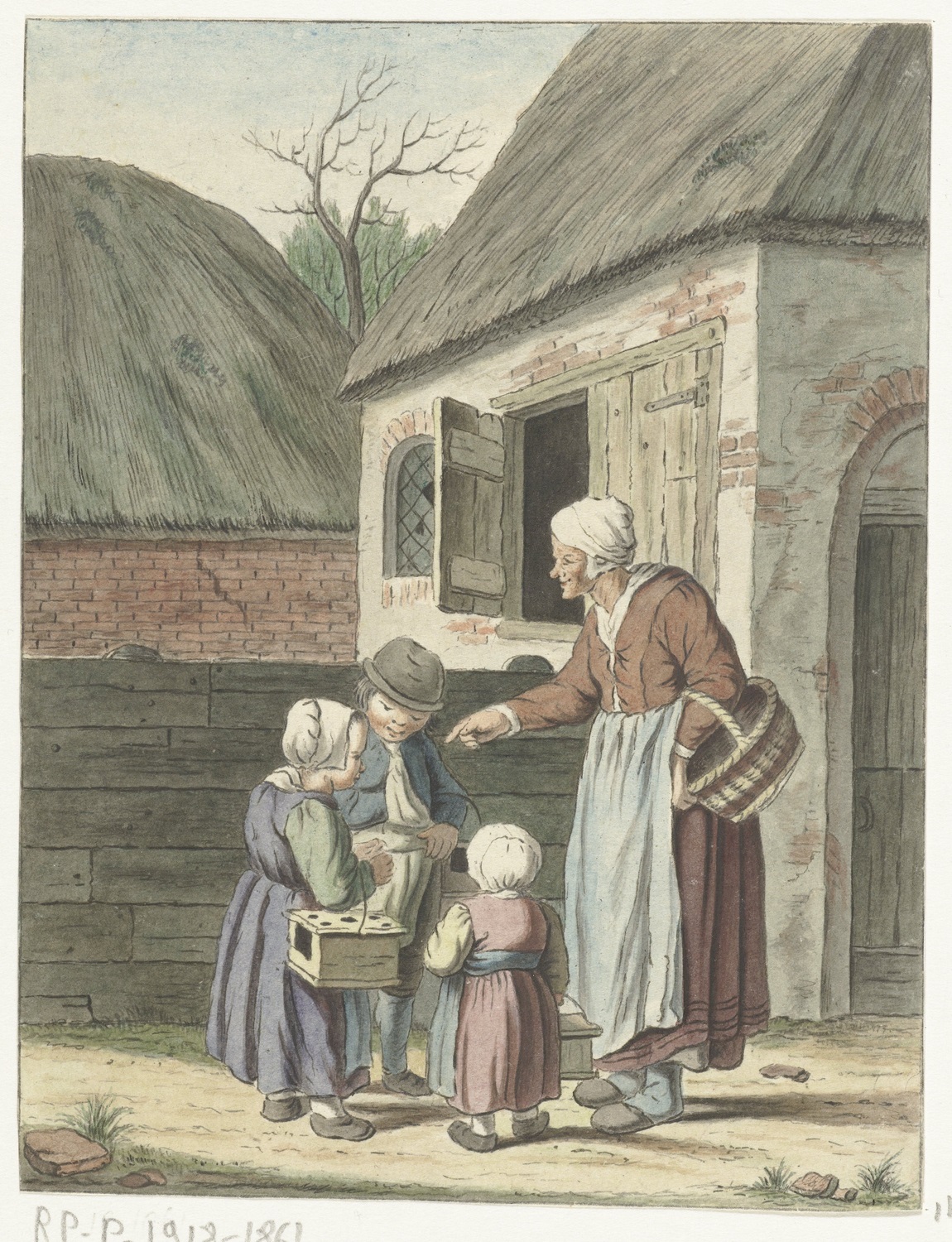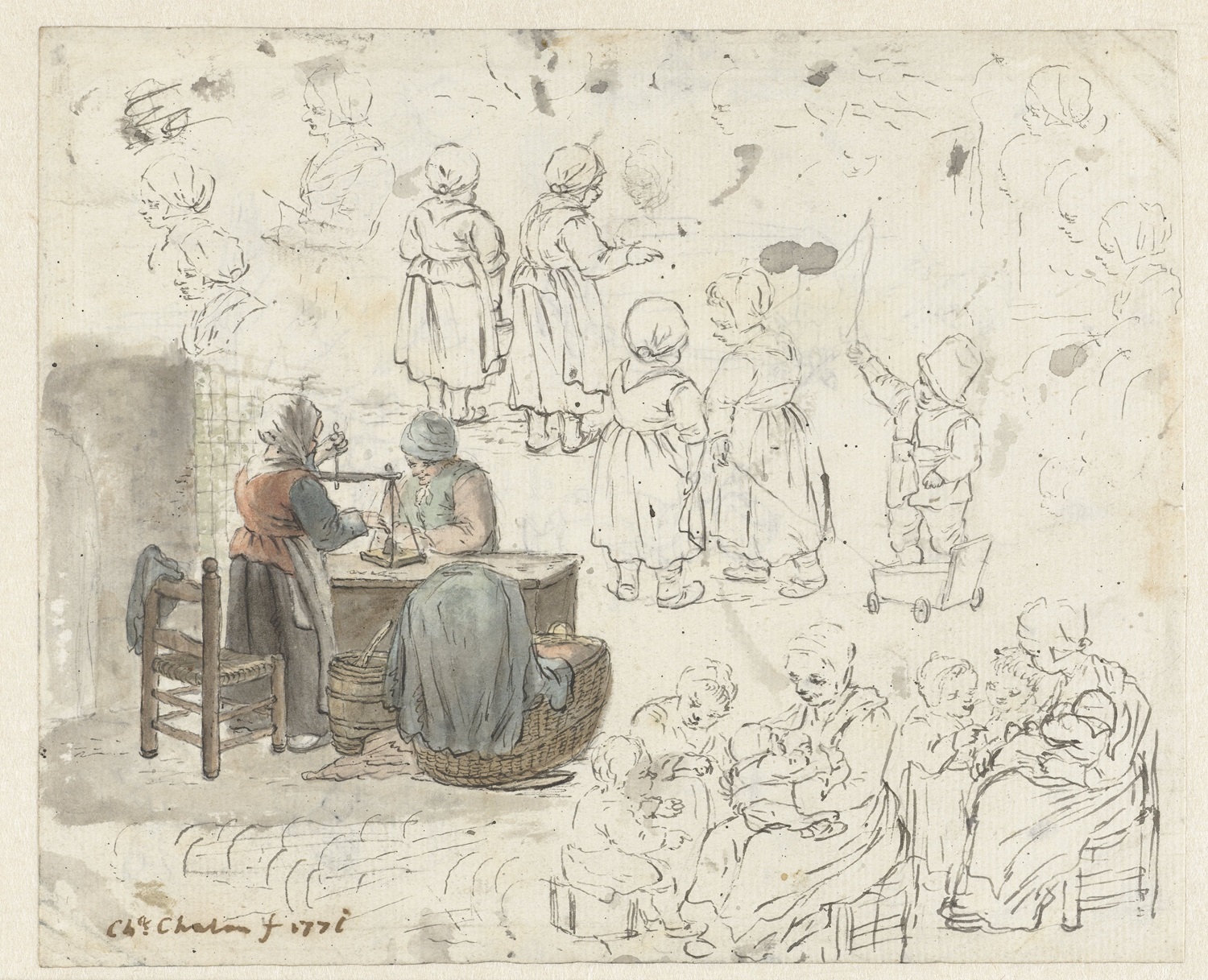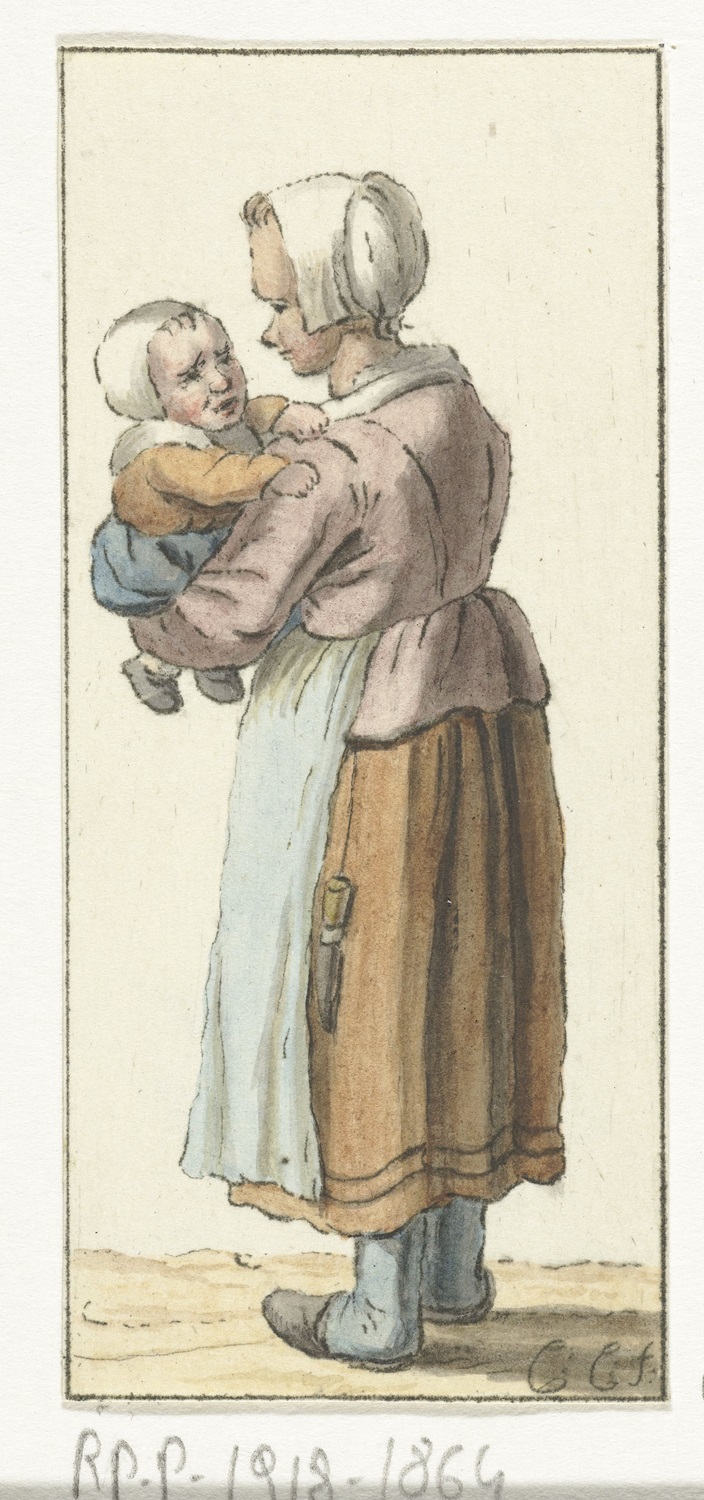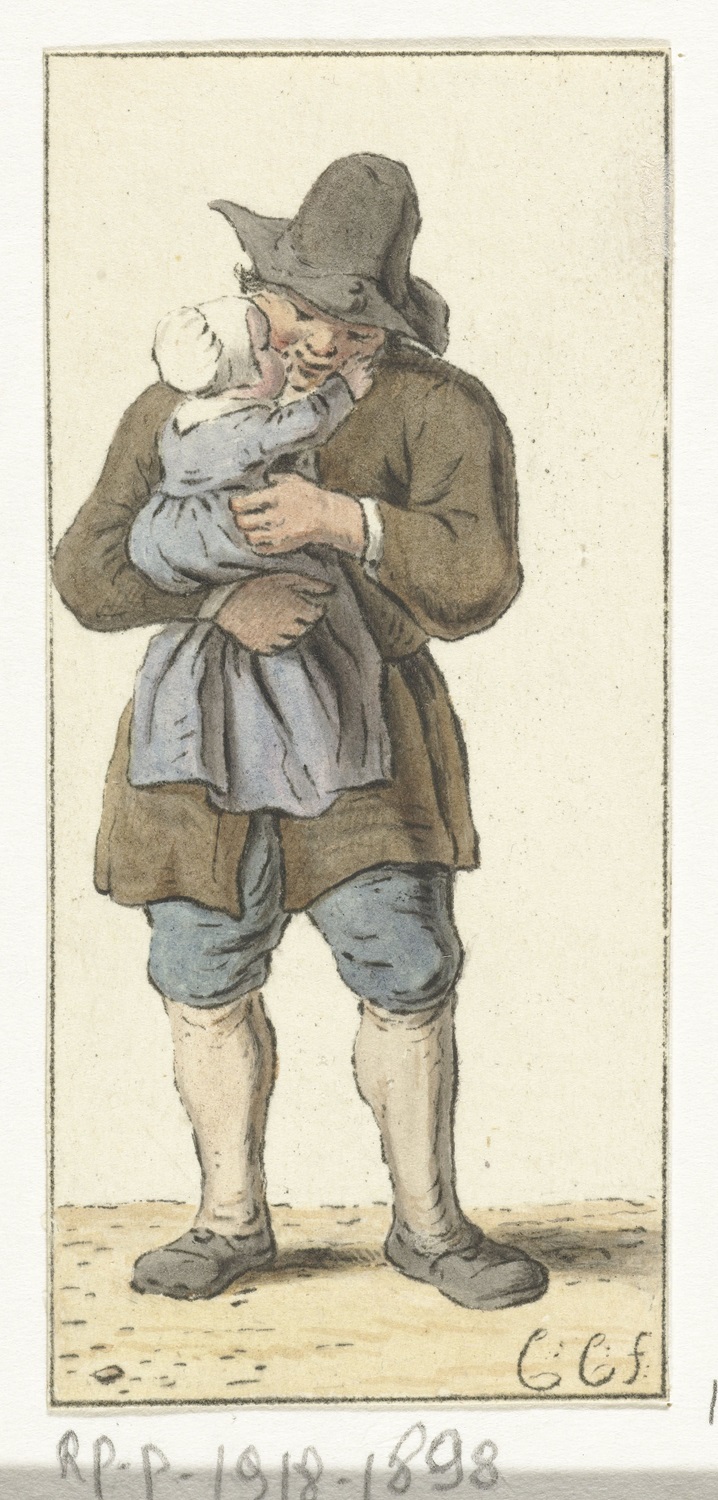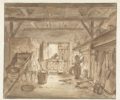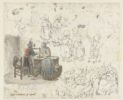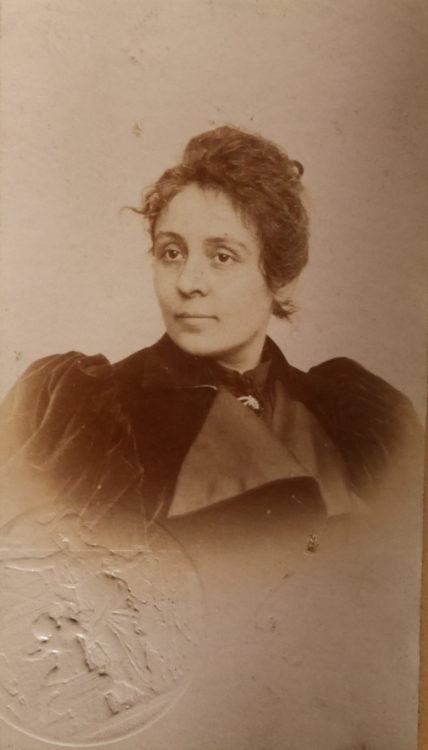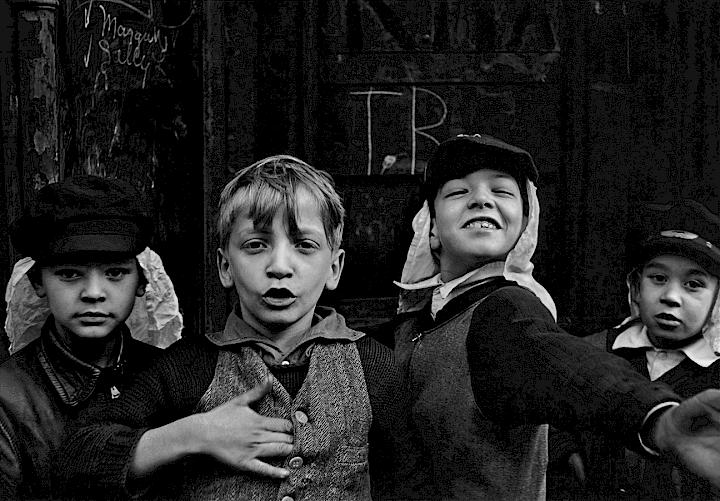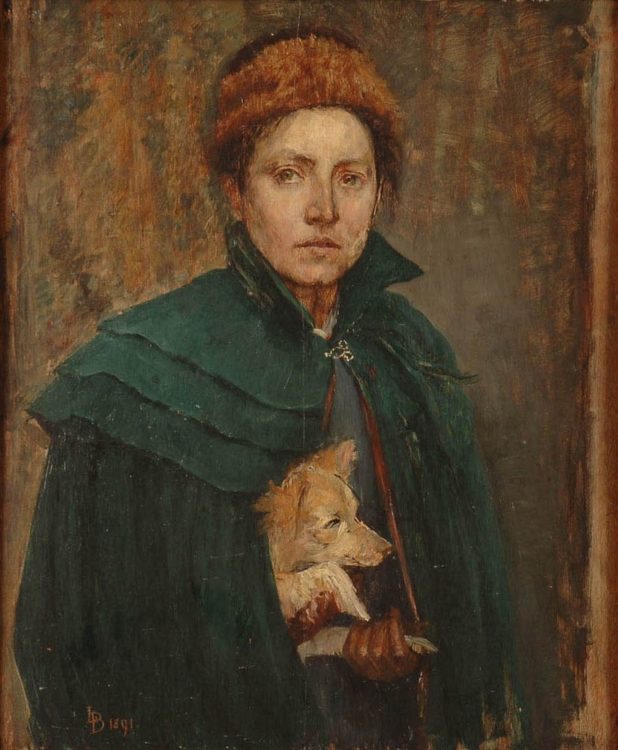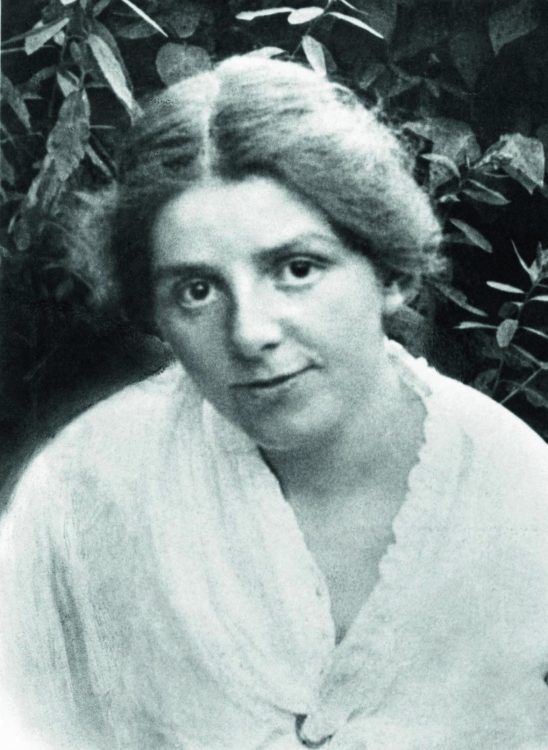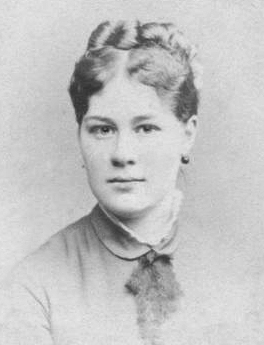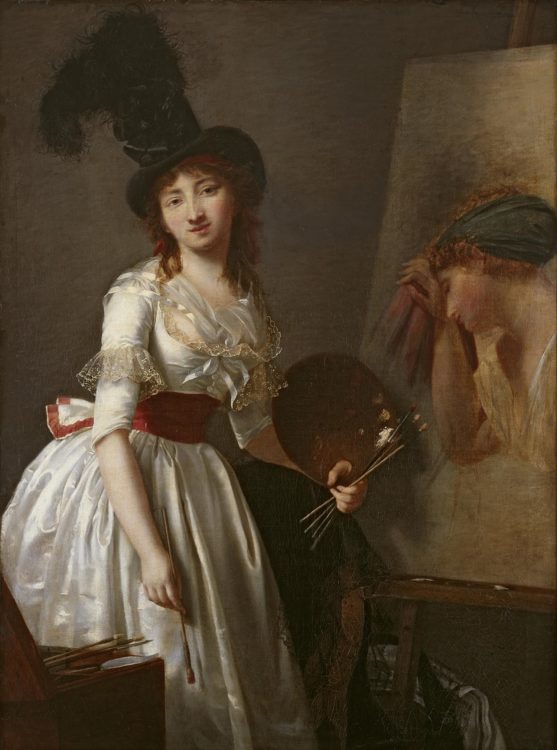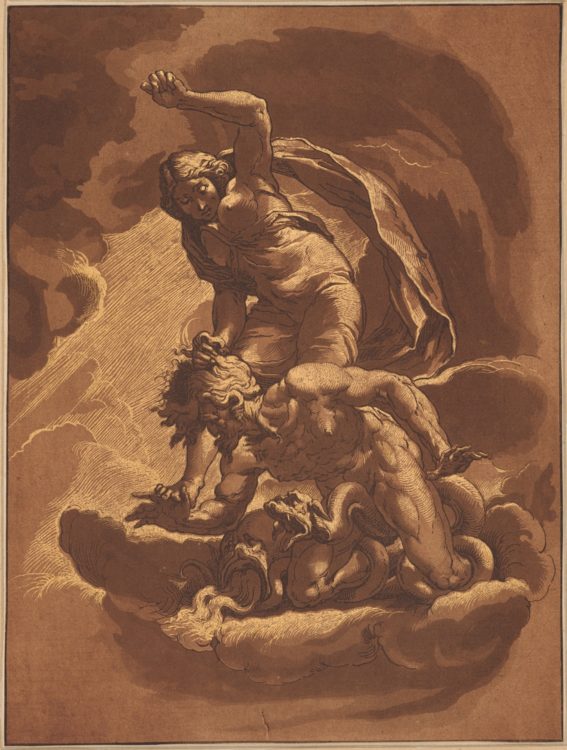Christina Chalon
Mierlo, J. van, “‘t vindingrijk Chalonnetje. Het leven en werk van de tekenares Christina Chalon (1749-1808) [The Resourceful Chalon. The Life and Work of the Draughtswoman Christina Chalon]”, in: Els Kloek, Catherine Peters-Sengers en Esther Tobé, Vrouwen en kunst in de Republiek, een overzicht [Women and Art in the Republic, An Overview], Hilversum (Verloren), 1998: p. 31–37.
→Buijnsters-Smets, J., “Christina Chalon, een achttiende-eeuwse tekenares [Christina Chalon, an eighteenth-century draughtswoman ”, Antiek 16(1982): p. 471–480.
Elck zijn waerom: Vrouwelijke kunstenaars in Nederland en België 1500-1950 [To Each their Reason: Women artists in the Netherlands and Belgium, 1500-1950], Koninklijk Museum voor Schone Kunsten, Antwerpen, October 1999–January 2000.
Dutch draughtsperson and printmaker.
Christina Chalon’s artwork depicts the everyday lives of working-class individuals. Her drawings, prints and watercolours represent both scenes that focus on a few figures, most often women and children, and others that portray larger groups – sometimes entire families – within domestic settings. Woman with Two Children in front of a School (ca. 1758–1808), for example, shows an ordinary scene of a woman with two children by her side, talking to a man in the doorway of a school building. Interior with Peasant Family (1758–1808) exemplifies the second category. In this drawing, a man observes the children seated next to him, while across the table three women are engaged in a conversation. A fourth walks away from the table, holding a barrel. With dynamic compositions such as these, C. Chalon adds a certain immediacy and spontaneity to her works. By choosing these subject matters and drawing inspiration from Dutch seventeenth-century genre artists – particularly Adriaen van Ostade (1610–1685) – while always creating her own inventions, she strategically responded to the high demand for such scenes in the art market.
Born in Amsterdam, C. Chalon came from a family of painters, draughtsmen and musicians. Her mother was Susanna van Bullingen and her father, Hendrik Chalon, a musician and the son of the painter Louis Chalon (ca. 1687–1741). Her younger brother Jan Chalon (1738–1795) created and collected drawings and etchings. C. Chalon’s aptitude for drawing started when she was just five years old. Her parents recognised her potential and arranged an apprenticeship with her cousin, Sara Troost (1732–1803), from whom she began receiving drawing lessons by the age of seven. She also learned etching at a young age, as is apparent in Abraham caressing Isaac, a copy of a print by Rembrandt, which she seems to have made at the age of thirteen. A few years later, she continued her artistic training with S. Troost’s brother-in-law, the artist and art collector Cornelis Ploos van Amstel (1726–1798).
In the following two decades, she produced a large number of works. In 1779, a series of thirty-two prints was published after her drawings and etchings. In the same year, prints after her drawings were published alongside the children’s verses by Dutch writer Jean Francq van Berkhey. After marrying the German musician Christiaan Frederik Rüppe in 1784, she continued making artworks, although in smaller numbers, only to stop in or before 1799, when her mental illness took its toll on her artistic activities. In the subsequent years, she was taken care of by her husband until she finally had to be admitted to a nursing home in 1808, where she passed away later that same year.
Her artwork was still valued and cherished by many art collectors and fellow Dutch draughtsmen and printmakers. Nowadays, her oeuvre can be found in prominent collections all over the world, including the Morgan Library in New York, the Uffizi Gallery in Florence and the Rijksmuseum in Amsterdam.
A biography produced as part of the programme “Reilluminating the Age of Enlightenment: Women Artists of 18th Century”
© Archives of Women Artists, Research and Exhibitions, 2024


